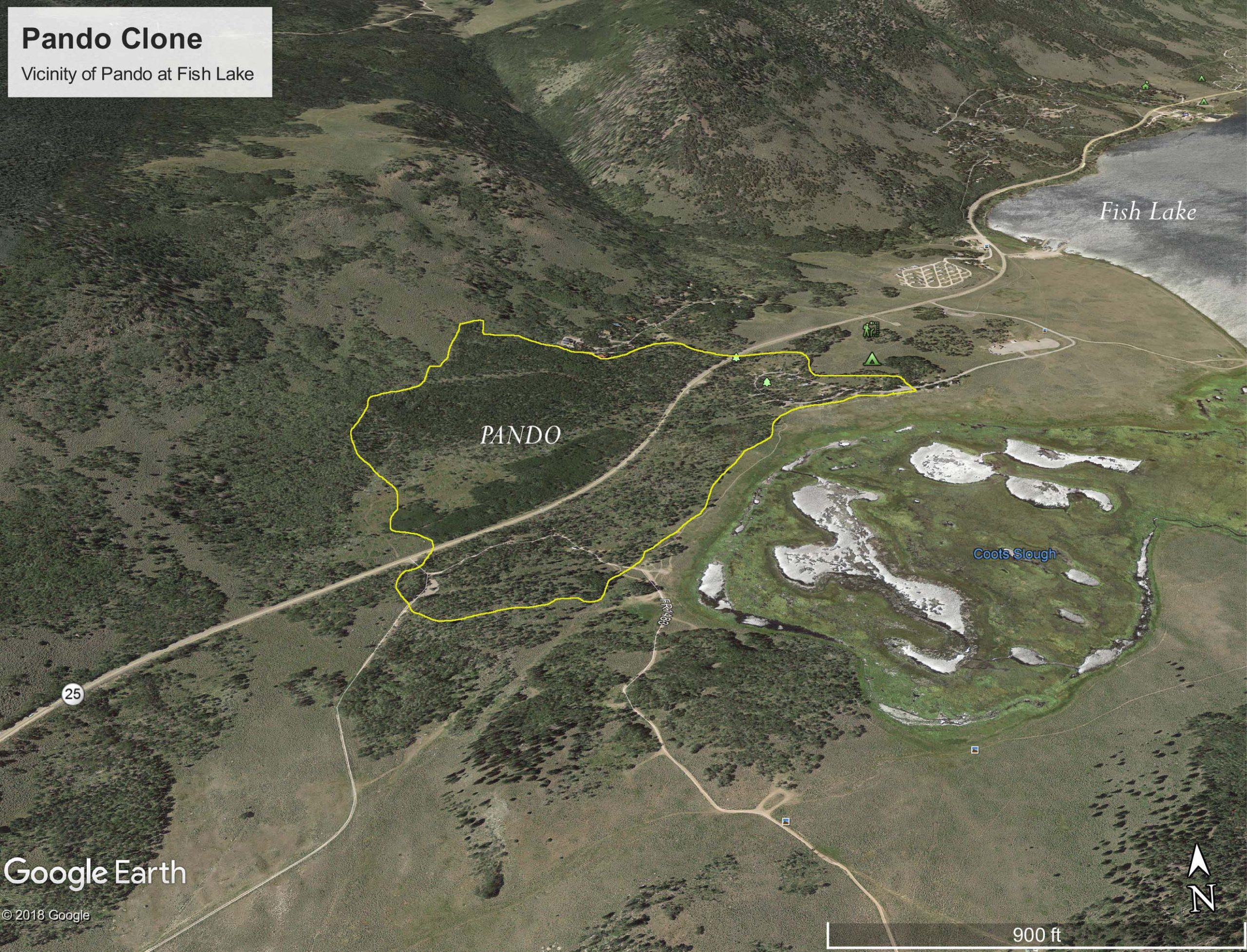
First Comprehensive Assessment of Pando Aspen Clone Revealed Critical Threats
On Oct. 22, 2024, Utah State University researchers Paul Rogers and Darren McAvoy announced they have conducted the first complete assessment of the Pando aspen clone and the results show continuing deterioration of this ‘forest of one tree.’ While a portion of the famed grove is recovery nicely as a result of previous restoration, the majority of Pando (Latin for “I Spread”) is diminishing by attrition.
The study, published in PLOS ONE, showed Pando, Utah’s massive, yet imperiled, aspen clone, is in grave need of forest triage. Early protection from fencing showed great promise in abating browser impacts, which have nearly eliminated recruitment of young aspen stems for decades. However, follow-up fencing of a larger area (in combination with about half of Pando remaining unprotected by fencing) is currently failing according to this study.
Pando is widely considered the world’s largest single organism weighing in at an estimated 13 million lbs. (5.9 million kg). Covering some 106 acres (43 ha) in south-central Utah’s Fishlake National Forest, the clonal colony consists of more than 47,000 genetically identical above-ground stems or “ramets” originating from a single underground parent clone. Quaking aspen, Pando’s iconic species, was named Utah’s State Tree in 2014 and, among numerous values, is considered a staple of scenic montane landscapes in the American West.
Tags:
Source: Utah State University
Credit: Photo: Pando aspen clone derived forest. Courtesy: U.S. Forest Service.
